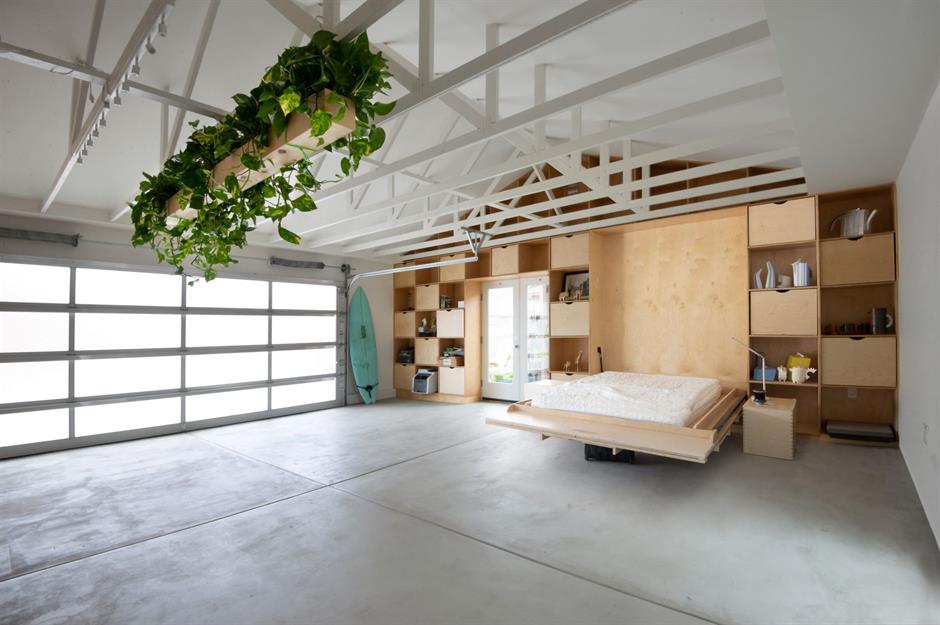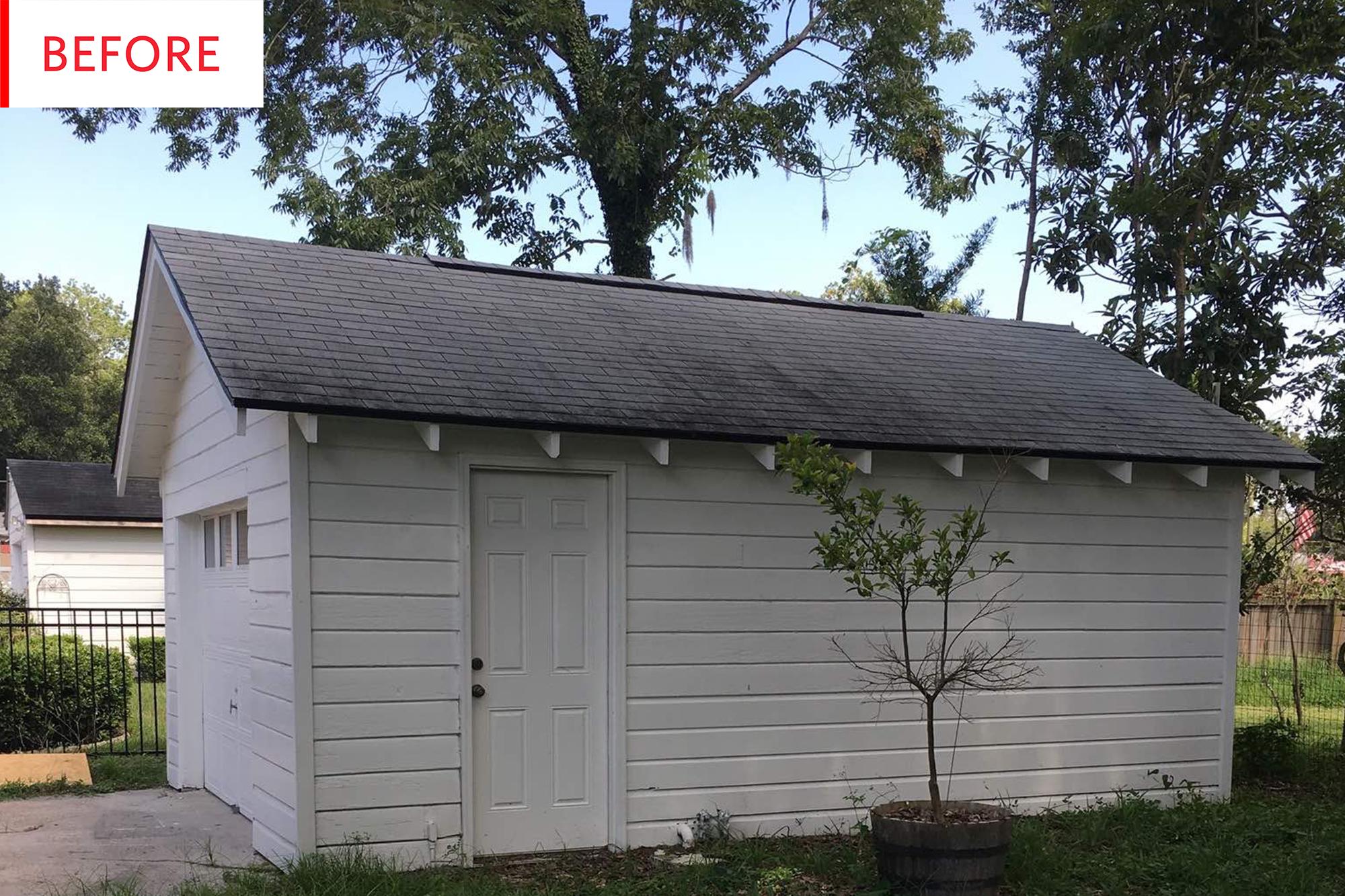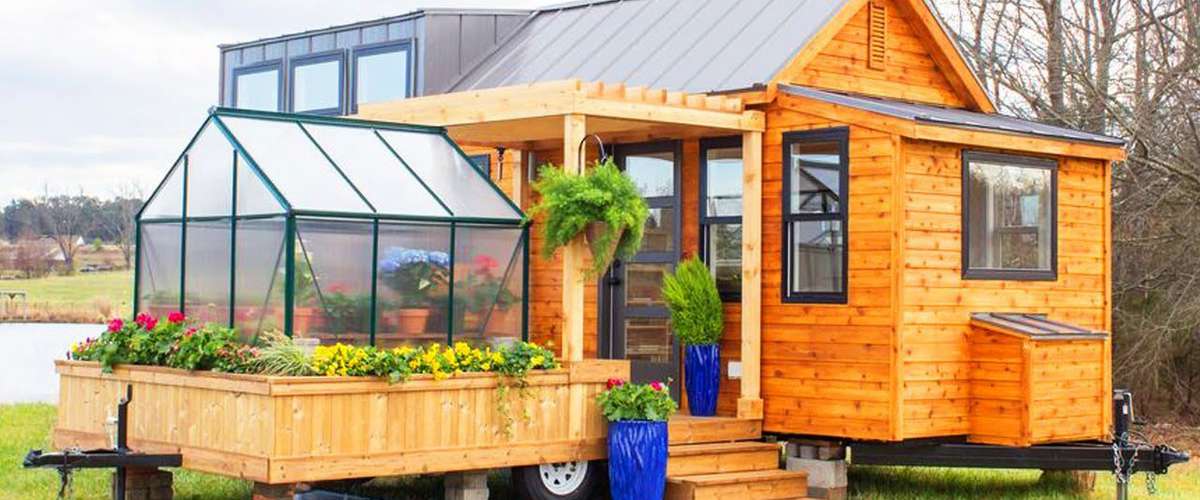
You can make your garage unique and enjoyable. However, you need to do your homework before starting the project. This involves measuring your available space, determining the materials you will need, and deciding on a style. You may need to incorporate different features, depending on the needs of your customers.
For example, you may want to add insulation to the walls to keep tools safe and comfortable in the winter. You should also consider the ventilation of your garage. Installing vents can help remove fumes, and installing through-the-wall ventilation fans can help keep your garage cool in the summer.
When planning your project, it is important to consider your budget. Having a rough estimate of how much you can afford will help prevent you from overspending. For beginners, an online calculator is a good way to estimate the costs. Once you are clear on your budget, you will be able to start your project.
An app is one of most efficient and simple ways to design your own garage. These apps offer many functions. They can create high-quality 2D and/or 3D renderings, as well as allowing users the ability to upload blueprints to remote servers.

The best part of the process is that it doesn't have to cost you a fortune. There are several options available, including free versions and paid versions. Floor Planner, CADPro, Chief Architect Home, and Chief Architect are some of these options.
The software can even include an expert illustrator who can turn your virtual layout into a reality the next day. You can also hire a contractor to prepare the foundation and obtain a permit.
You have two options: build your garage from scratch, or buy a pre-built kit. No matter what your choice, you will need to be sure you follow all instructions. Fortunately, the internet has made it easy to learn the basics.
You will need to secure the structure and make sure that all plumbing and wiring are up-to-code before you can build your garage. To make your garage safer, install motion-sensor light fixtures. In addition, you'll need to install some cabinets to store tools and paint cans.
Good planning is key to the success of this entire process. You need to consider the space available as well as the needs of your family. There are many garage designs and finishes you can choose.

Show off all your hard work when you are done. A well-designed garage will not only enhance your home's exterior, it will serve as a functional workspace, as well. You can make a garage you and your family will love with the right planning and creativity.
Designing your garage isn't about making money. It's a chance for you to express yourself and make your home a comfortable place. It will save you time and money, and help you get the best out of your garage.
FAQ
How can I tell if my home needs to be renovated or remodelled?
First, check to see whether your home was updated in recent years. If you haven't seen any updates for a few years, it may be time to consider a renovation. On the other hand, if your home looks brand-new, then you may want to think about a remodel.
Your home's condition is also important. A renovation may be necessary if your home has holes in its drywall, cracked wallpaper, or missing tiles. But if your home looks amazing, maybe it's time for a remodel.
You should also consider the overall condition of your house. Is it structurally sound? Do the rooms look clean? Are the floors spotless? These questions are critical when deciding what type of renovation you should do.
How much would it be to renovate a house vs. what it would cost you to build one from scratch?
Gutting a home removes everything inside a building, including walls, floors, ceilings, plumbing, electrical wiring, appliances, fixtures, etc. It's often necessary when you're moving to a new house and want to make changes before you move in. The cost of gutting a home can be quite expensive due to the complexity involved. Depending on what job you do, the average cost for gutting a house is $10,000 to $20,000
A builder builds a home by building a house frame-by-frame, then adds doors, windows, doors and cabinets to the walls. This usually happens after you have purchased lots of lands. It is usually cheaper than gutting a house and will cost around $15,000 to $30,000.
It really depends on your plans for the space. If you want to gut a home, you'll probably need to spend more because you'll be starting over. If you're building your home, however, you don't have to tear everything down and start over. Instead of waiting for someone to tear it down, you can make it exactly how you want.
What is the cost of completely renovating a kitchen?
You might wonder how much it would be to remodel your home if you have been considering the idea.
The average kitchen remodel costs between $10,000 and $15,000. However, there are ways to save money while improving your space's overall look and feel.
Planning ahead is a great way to cut costs. This includes choosing the design style and colors that best suits your budget.
Hiring an experienced contractor is another way of cutting costs. A tradesman who is experienced in the field will be able to guide you through each stage of the process.
It's a good idea to evaluate whether your existing appliances should be replaced or preserved. Replacing appliances can add thousands of dollars to the total cost of a kitchen remodeling project.
In addition, you might decide to buy used appliances instead of new ones. You can save money by buying used appliances.
Finally, you can save money by shopping around for materials and fixtures. Many stores offer discounts on special occasions such as Cyber Monday and Black Friday.
Is it cheaper to remodel a bathroom or kitchen?
Remodeling a bathroom or kitchen is an expensive proposition. It might be more cost-effective to upgrade your home than you think, given how much you spend each month on energy bills.
A small upgrade could save you thousands of dollars each year. Simple changes such as insulation in ceilings and walls can help reduce cooling and heating costs by up to 30%. Even a small addition can increase comfort and resale values.
When planning for renovations, it is important to select durable and easy-to-maintain products. Solid wood flooring, porcelain tile, and stainless steel appliances last longer than vinyl and laminate countertops and require less maintenance.
You might find that upgrading to newer fixtures can cut down on utility costs. Installing low-flow faucets or showerheads can cut water use by up to 50%. Replacing inefficient lighting with compact fluorescent bulbs can cut electricity consumption by up to 75 percent.
What is the average time it takes to remodel a bathroom.
Remodeling a bathroom typically takes two weeks to finish. However, it all depends on how big the project is. Some jobs, such installing a vanity and adding a shower stall, can take only a couple of days. Larger projects, such as removing walls and installing tile floors, and plumbing fixtures, can take several days.
The rule of thumb is that you should allow three days for each room. If you have four bathrooms, then you'd need 12 days.
What are the biggest expenses in remodeling a kitchen?
Planning a kitchen renovation can be costly. These include demolition, design fees, permits, materials, contractors, etc. Although these costs may seem relatively small, if you take them all together, they can quickly add up. However, when you add them together, they quickly become quite large.
Demolition is the most costly cost. This involves removing old cabinets, appliances and countertops as well as flooring. Next, you will need to remove insulation and drywall. Then, it is time to replace the items with newer ones.
Next, an architect must be hired to create plans for the space. To ensure your project is compliant with building codes, you will need to pay permits. After that, you have to find someone to do the actual construction.
The contractor must be paid once the job has been completed. All told, you could spend anywhere between $20,000 and $50,000 depending on how big the job is. It is crucial to get estimates from several contractors before you hire one.
Planning can help you avoid many of these expenses. You might get better deals on materials and even save some time. You can save money and time if you are clear about what you need to do.
People often try to install their cabinets themselves. They think this will save money because they don't have to pay for professional installation services. They often spend more trying to install cabinets themselves. A professional will usually finish a job in half as much time as you would.
Another way to save money is to buy unfinished materials. Before purchasing pre-finished materials like cabinets, you must wait until all the pieces are assembled. You can begin using unfinished materials right away if they are purchased. And if something doesn't turn out exactly as planned, you can always change your mind later.
But sometimes, it isn't worth going through all this hassle. Remember: the best way to save money on any home improvement project is to plan.
Statistics
- 55%Universal average cost: $38,813Additional home value: $22,475Return on investment: 58%Mid-range average cost: $24,424Additional home value: $14,671Return on investment: (rocketmortgage.com)
- 5%Roof2 – 4%Standard Bedroom1 – 3% (rocketmortgage.com)
- According to a survey of renovations in the top 50 U.S. metro cities by Houzz, people spend $15,000 on average per renovation project. (rocketmortgage.com)
- Following the effects of COVID-19, homeowners spent 48% less on their renovation costs than before the pandemic 1 2 (rocketmortgage.com)
- $320,976Additional home value: $152,996Return on investment: 48%Mid-range average cost: $156,741Additional home value: $85,672Return on investment: (rocketmortgage.com)
External Links
How To
How to Install Porch Flooring
Although porch flooring installation is simple, it requires some planning and preparation. Installing porch flooring is easiest if you lay a concrete slab first. If you don't have a concrete slab to lay the porch flooring, you can use a plywood deck board. This allows you to install the porch flooring without making an expensive investment in a concrete slab.
Before installing porch flooring, you must secure the plywood as the subfloor. To do this, you must measure the width of the porch and cut two strips of wood equal to the porch's width. These strips should be attached to the porch from both ends. Next, nail them down and attach them to your walls.
Once the subfloor is secured, prepare the area for the porch flooring. This involves typically cutting the top layer from the floorboards to fit the area. Next, finish the porch flooring. Polyurethane is the most common finish. A stain can be applied to porch flooring. You can stain your porch flooring more easily than applying a clear coating. All you need to do is sand the stained area after applying the final coat.
Once these tasks have been completed, you can finally put the porch flooring in place. Measure and mark the location for the porch flooring. Next, cut the porch flooring according to your measurements. Finally, set the porch flooring in place and fasten it using nails.
If you want to increase the stability of your porch flooring's floor, you can install porch stairs. Porch stairs, like porch flooring are usually made of hardwood. Some people prefer to install their porch stairways before installing their porch flooring.
Once your porch flooring is installed, it is time for the final touches. First, remove and replace the porch flooring. Next, remove any debris. Be sure to remove all dirt and dust from your home.